Service hotline
+86 0755-83975897
Release date:2025-02-20Author source:KinghelmViews:22
Just about every component passing through the electronics supply chain has a cleanroom in its history, and cleanrooms are an increasingly central part of electronics manufacturing. The rise of smaller, more sophisticated semiconductors and other components raises the need for controlled, contaminant-free production environments. Recent advances in cleanroom equipment make these structures even more advantageous.
As crucial as cleanrooms are, maintaining them can be challenging and expensive. Technological innovations can address these concerns, helping electronics manufacturers use cleanrooms to their full potential. Here are five of the most significant of these advances.
1. Nanoparticle coatings
Nanotechnology has applications in many electronics manufacturing processes, and cleanrooms are no different. Nanomaterials — any material between 1 and 100 nanometers in size — can imbue other components with unique properties. One of the most impactful for cleanrooms is the tendency to repel contaminants.
Silver nanoparticles have antibacterial characteristics. Carbon nanotubes can absorb contaminants in the air to improve air filters’ efficacy. Coating cleanroom equipment with nanomaterials like these ensures manufacturers can produce sensitive components with minimal risk of contamination.
These applications are most helpful for medical wearables and implantables, which must be sterile to protect their users’ health. In other use cases, this contaminant resistance ensures semiconductors and other circuit components can work as efficiently as possible.
The Internet of Things (IoT) is another technology with significant implications for cleanrooms. Some manufacturers may use these devices to monitor their equipment’s performance and enable more proactive maintenance strategies. Others may use them to ensure cleanroom environments maintain ideal conditions.
Temperature and humidity fluctuations can significantly impact semiconductor quality, so cleanrooms must adapt to real-time changes to keep things consistent. IoT sensors provide the means to do so. Smart HVAC systems can redirect airflow, run dehumidifiers or adjust temperatures as necessary to maintain a safe working environment in all situations.
IoT monitoring solutions can also alert manufacturers to issues like broken seals or malfunctioning HVAC systems when these problems arise. That way, businesses can address them sooner to ensure cleanrooms stay operational.
Most manufacturing cleanrooms today are permanent facilities. However, considering their extreme ventilation and climate control needs, constructing these areas can be time-consuming. As a result, conventional building practices struggle to keep up with rising demand. Modular cleanrooms have emerged as a promising solution.
This innovation relies on a growing construction process called prefabrication. In this practice, teams produce pieces of a structure in a controlled factory environment before assembling them on-site. As a result, they can install or expand cleanrooms in minimal time with less risk of error.
The speed and accuracy are ideal for the fast-growing electronics industry. Manufacturers can erect a modular cleanroom to increase their semiconductor production capacity with minimal time loss or investment. These structures can either stay as permanent facilities or serve as temporary solutions until construction on larger factories finishes. In either case, they enable greater flexibility as semiconductor demands rise.
4. Automation
Many electronics manufacturers are also embracing automation in their cleanrooms. Robotics are already common elsewhere in manufacturing, but their precision and repeatability benefits are even more impactful in sensitive cleanroom operations.
The most obvious benefit of robots in cleanrooms is they reduce human error. Robotic arms can move more steadily than human hands, making manufacturing semiconductors and other small components easier. They can also do so faster, ensuring precision doesn’t come at the expense of lead times.
Automation also reduces cleanroom contaminants. Humans account for 46 percent of all particle contamination, often by unintentionally bringing particles in on their clothes or skin. By contrast, robots don’t have to leave the cleanroom at all, so they eliminate cross-contamination risks.
Additive manufacturing — also known as 3D printing — offers similar benefits. 3D printing is easily automatable, letting electronics manufacturers capitalize on all the advantages of robotics. It is also energy-efficient, helping semiconductors become both more affordable and sustainable.
A 3D printer can produce a circuit board in less than 24 hours, whereas some conventional approaches take days, considering PCB cure times. As 3D printing technologies advance, these machines become able to print in a wider variety of materials. Consequently, manufacturers can use them for more specialized circuitry or other complex components.
3D printing can reduce airborne contaminants, too. This process adds material instead of cutting it away like conventional machining. As a result, 3D printers don’t risk sending metal dust or other shavings into the air as they work, ensuring cleanrooms stay clean.
These five technologies paint a promising picture of cleanrooms’ future. As manufacturers embrace these improvements, the benefits will ripple across the industry. Safer, faster cleanrooms lead to more reliable, affordable electronics, leading to customer satisfaction and growing business.
Taking advantage of this potential early is key to staying competitive in today’s fast-moving industry. Before long, these technologies will be standard practice, not a niche advantage. Manufacturers must get ahead of that trend to maximize this potential.
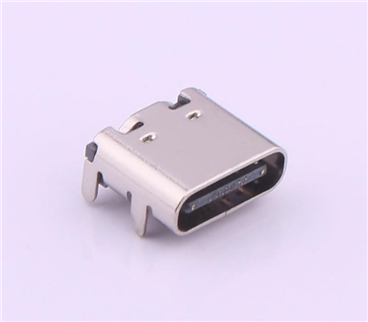
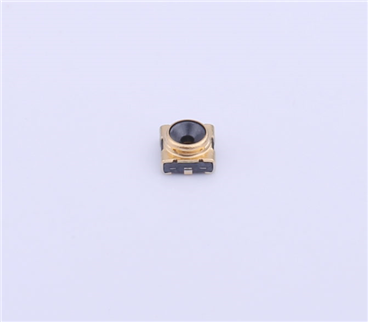
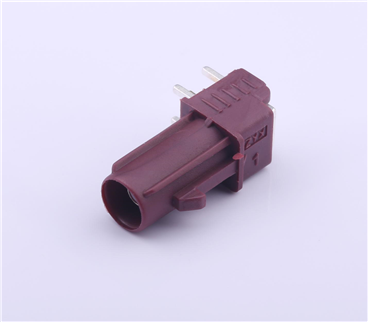
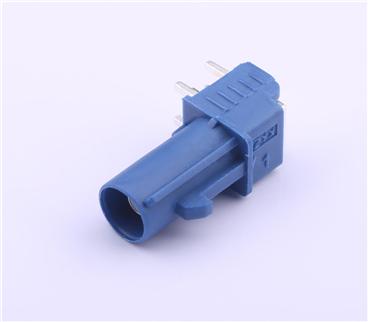
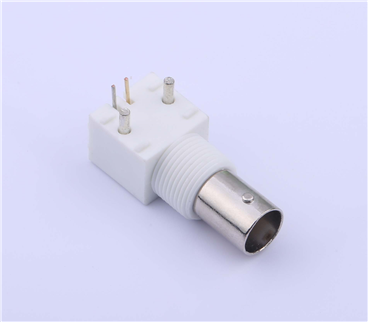
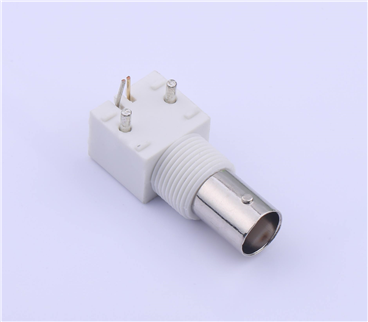
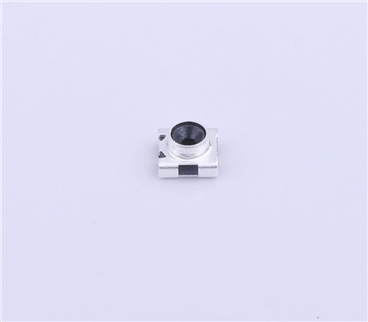
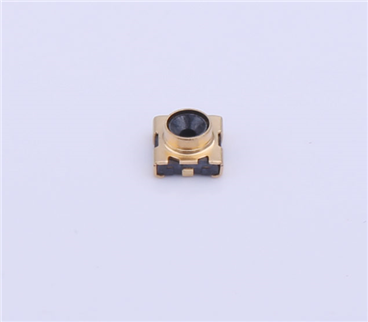
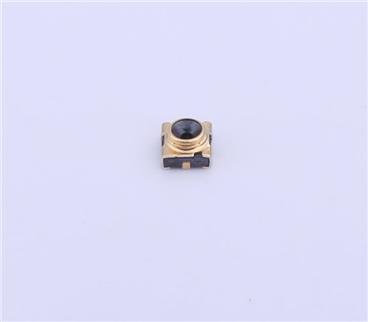
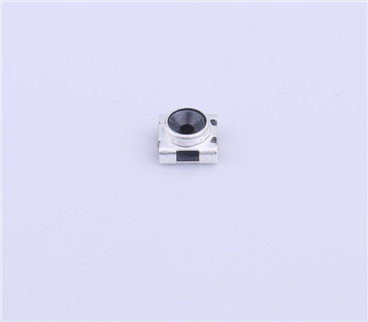
Copyright © Shenzhen Kinghelm Electronics Co., Ltd. all rights reservedYue ICP Bei No. 17113853